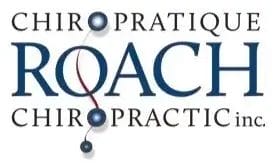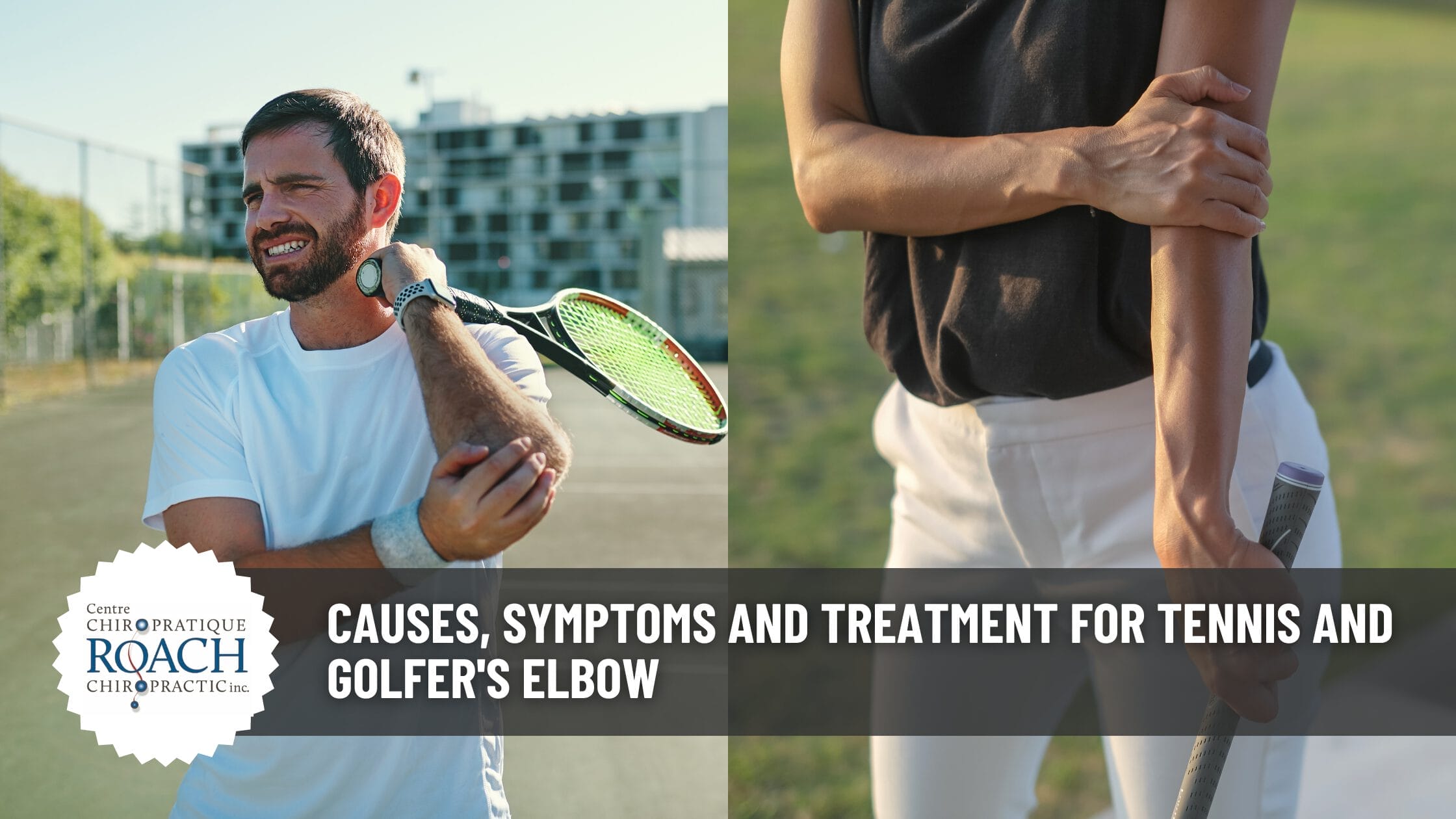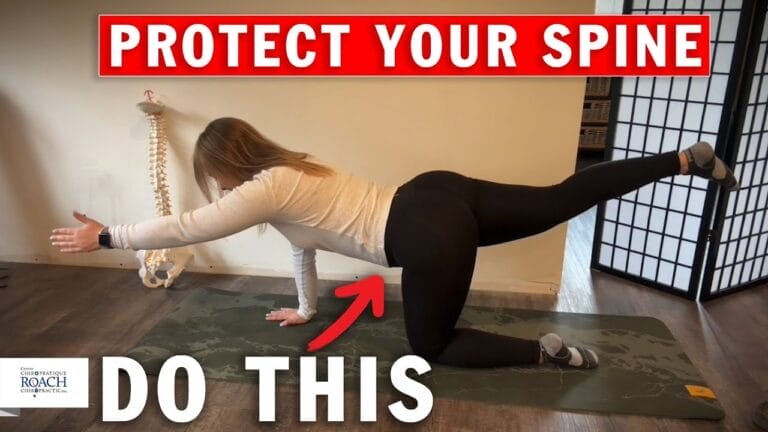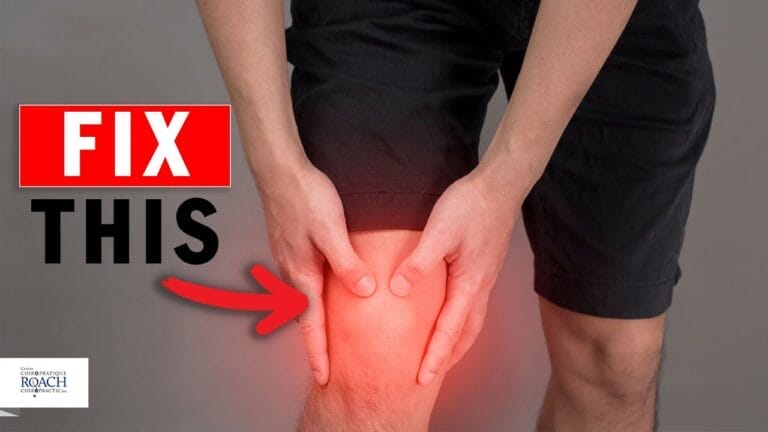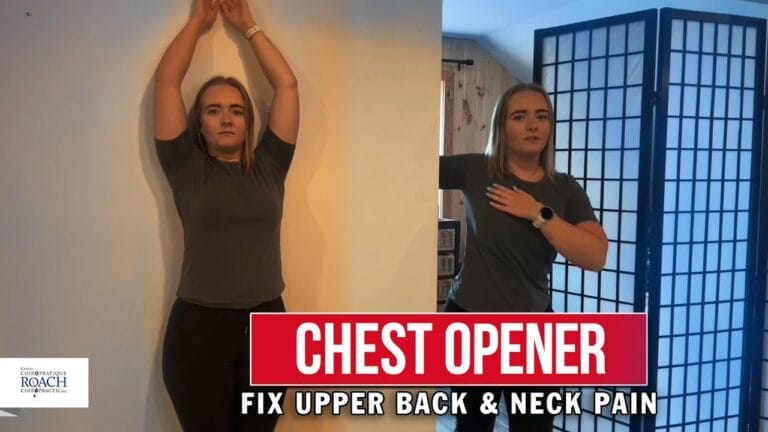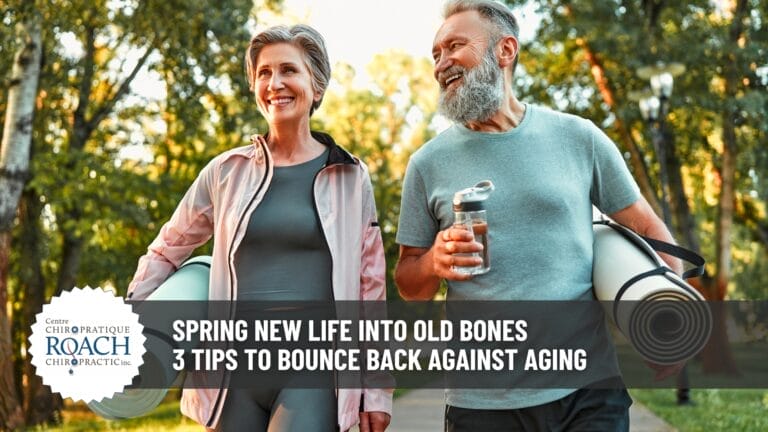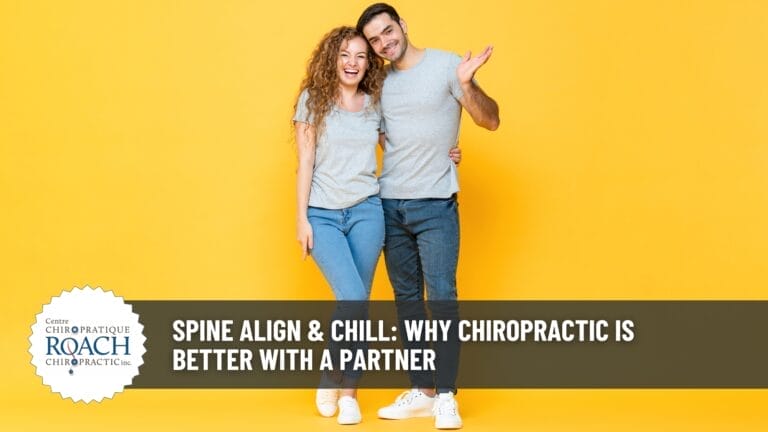Causes, Symptoms and Treatment for Tennis and Golfer’s Elbow
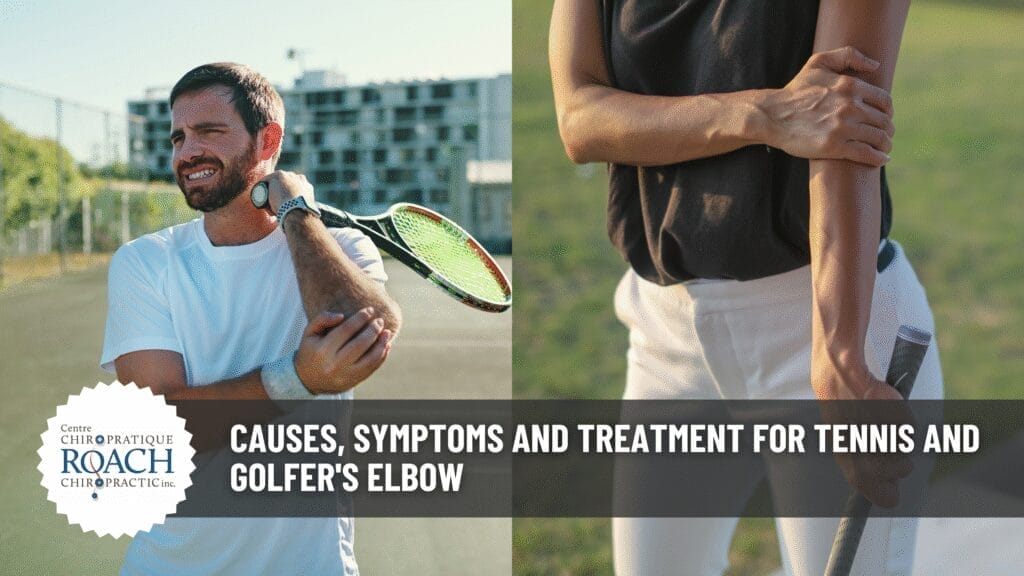
Tennis elbow and golfer’s elbow are common conditions that result from repetitive strain and overuse of the forearm muscles. Despite their names, these conditions can affect anyone—not just athletes. Both injuries involve inflammation and microtears in the tendons that attach to the elbow, leading to pain, stiffness, and reduced grip strength. Chiropractic care offers a non-invasive, drug-free approach to managing these conditions, improving mobility, and promoting healing. This blog post explores the causes, symptoms, chiropractic solutions, best practices, exercises, and the importance of ongoing care.
Understanding Tennis and Golfer’s Elbow
Causes
- Tennis Elbow (Lateral Epicondylitis) occurs due to overuse of the forearm muscles that extend the wrist and fingers. It commonly affects individuals who engage in repetitive gripping, twisting, or lifting motions.
- Golfer’s Elbow (Medial Epicondylitis) results from strain on the muscles responsible for wrist flexion and inward rotation. It is often seen in golfers, but also affects individuals who perform repetitive wrist movements, such as carpenters and mechanics.
Canadian and Worldwide Statistics
- Tennis elbow affects approximately 1-3% of the general population, with higher prevalence among individuals aged 30-50.
- Golfer’s elbow is less common but still impacts thousands of Canadians annually, particularly those engaged in manual labor.
- Globally, repetitive strain injuries account for 30% of workplace-related musculoskeletal disorders, highlighting the importance of prevention.
Identifying Symptoms of Tennis and Golfer’s Elbow
Tennis Elbow Symptoms
- Pain or burning sensation on the outer part of the elbow.
- Weak grip strength, especially when shaking hands or holding objects.
- Pain that worsens with wrist extension or gripping motions.
Golfer’s Elbow Symptoms
- Pain or tenderness near the inner bump of the elbow.
- Reduced grip strength, particularly when flexing the wrist.
- Pain that worsens with wrist flexion or twisting motions.
Step-by-Step Guide to Managing Tennis and Golfer’s Elbow
1. Chiropractic Adjustments
Chiropractic care focuses on realigning the elbow, wrist, and spine to reduce strain and improve mobility. Adjustments help restore proper joint function and alleviate nerve irritation.
2. Soft Tissue Therapy
Massage and instrument-assisted soft tissue mobilization can help reduce inflammation and improve circulation, promoting healing.
3. Stretching & Strengthening Exercises
Regular exercises help maintain flexibility and reduce tension in the forearm and elbow. Chiropractors often recommend:
- Wrist flexor and extensor stretches to improve mobility.
- Grip-strengthening exercises to enhance forearm stability.
- Forearm pronation and supination drills to reduce strain.
4. Lifestyle Adjustments
- Maintain proper ergonomics when working or playing sports.
- Use supportive braces to reduce strain on the tendons.
- Take frequent breaks from repetitive activities.
Chiropractic Quote
“Chiropractic care is not just about pain relief—it’s about restoring balance to the body and optimizing movement.” – Dr. Peter Rothbart
Short and Long-Term Benefits of Chiropractic Care
Short-Term Benefits:
- Immediate pain relief and reduced inflammation.
- Improved mobility and flexibility.
Long-Term Benefits:
- Prevention of recurring elbow pain.
- Enhanced joint health and muscle function.
Best Practices & Routines for Tennis and Golfer’s Elbow Prevention
- Daily stretching to maintain flexibility.
- Proper lifting techniques to avoid strain.
- Regular chiropractic visits to prevent misalignment.
Exercises & Stretches for Tennis and Golfer’s Elbow
The Importance of Ongoing Chiropractic Care
Consistent chiropractic care helps maintain joint alignment, reducing the likelihood of elbow pain recurrence. By addressing nerve compression and muscle tension, chiropractic adjustments provide long-term relief and improve overall mobility.
Tennis and golfer’s elbow can significantly impact daily life, but chiropractic care offers an effective, non-invasive solution. By incorporating adjustments, exercises, and lifestyle modifications, individuals can manage elbow pain symptoms and prevent future complications. If you’re experiencing elbow discomfort, consider scheduling an appointment with Roach Chiropractic to explore personalized treatment options. Contact us today to start your journey toward pain-free living!
SHARE THIS